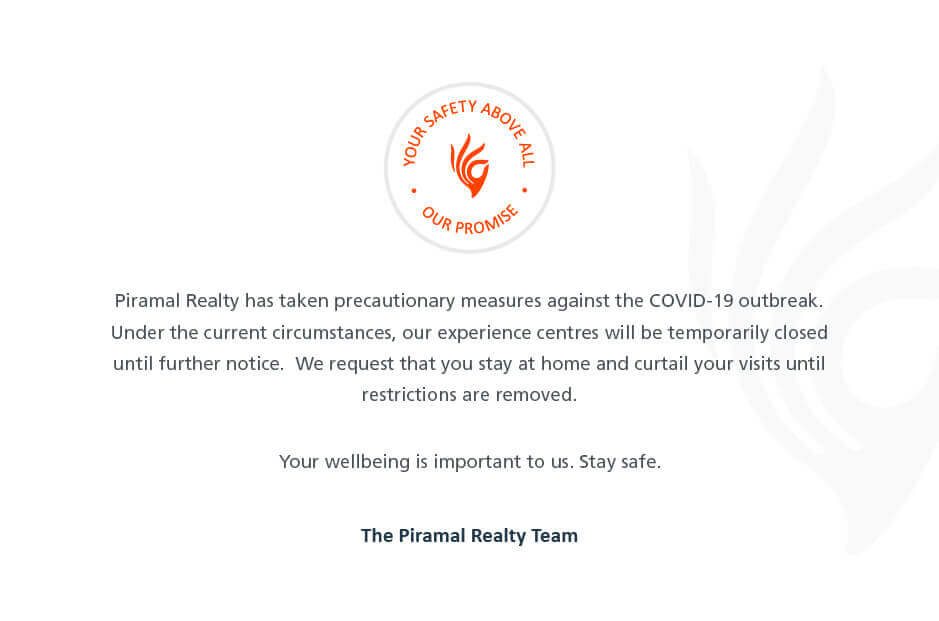People who have ever bought or sold a property in the real estate market will know what it takes to assess a property’s value. If the asking price is too high, its chances of getting sold reduce significantly. Conversely, if the seller prices the property too low, it eliminates the chances of earning potential profits.
To ensure fair pricing for a home, one must perform a real estate industry analysis. This analysis will compare the values of different homes in the neighborhood to arrive at an accurate market price. Before proceeding with the step-by-step process to perform the analysis, let us understand what it is.
Introduction to real estate market analysis
A real estate market analysis, or comparative market analysis, is an analysis of the present market values of properties compared to the property one is planning to buy or sell.
It is essential to perform a real estate industry analysis, whether the property is being bought or sold, as it helps to gather information about the current market, the value of similar properties if it is an investment property, the potential rental income, etc.
Real estate agents prepare reports to help sellers set list prices for their homes. Sometimes, these reports also help buyers make competitive offers.
Based on the information available in a real estate sector survey, the seller can choose a listing price while the buyer can decide if the asking price is too low, high, or reasonable.
The need for a real estate market survey
There are many reasons to do such a study. The primary reason is to have information that enables one to invest and buy safely. The other reasons include:
- Deciding which city is worth investing in.
- Identifying which elements obstruct investment in certain places.
- Learning the demographic aspects to determine the development of the area where one is interested in investing.
- Acquiring details about investment projects in certain areas and figuring out if there will be development in the future that is likely to appreciate the property’s value.
When one knows of the housing market prices, one can negotiate a lower price and avoid overpaying the property’s market value.
How to do a real estate market analysis?
During a real estate industry analysis, it is best to rely on recent sales prices instead of asking prices for homes currently listed for sale. It is because the listing price is the seller’s expectation, whereas the final sales price is what the seller received after selling the property.
The steps real estate investors follow to perform the analysis are the same as professional appraisers.
1. Study neighborhood quality and amenities
Local directory websites and Google Maps are excellent tools for knowing what is in and around a particular area. If the housing project is far from a major highway or too close to a community garbage dump, it need not be on the list. The amenities that influence property value include proximity to public transport, closeness to schools and shopping malls, and nearby recreational facilities like beaches and parks.
2. Gather property value estimates for the area
Arrive at a “ballpark” property value estimate by computing the per-square-foot average sale price in the area desirable for purchase. Local real estate brokers, property management companies, and online listing portals are good resources for information.
3. Choose comparables for the analysis
The initial analysis should focus on six comparable properties. Three of these should be currently listed on the market. The other three should have been sold in the last few months. Make sure you pick homes with the same number of bedrooms and bathrooms as well as other aspects like size, shape, area, number of floors, features, etc.
4. Determine the average price of comparable listings
In the next step, create a spreadsheet with information for all seven properties – the property for which the purchase is being planned, the three listed on the market, and the three recent sales.
5. Align your real estate industry analysis with adjustments to the comparables
Every real estate unit is unique. So, the homes added to the list of comparables will have different features and utilities. To ensure the comparison is standard, fine-tune the comparables. These adjustments will subtract or add value to the subject property.
6. Do some fieldwork
After getting a fair idea of what the house is worth, the final step is to get the ball rolling and visit the property. The local property broker and real estate agent must be involved in this step.
Final thoughts
It may seem daunting to do a real market industry analysis, but the benefits of this process are boundless. Follow the above-mentioned step-by-step process to determine the accurate estimate for a real estate property.
Disclaimer- This article is based on the information publicly available for general use as well as reference links mentioned herein. We do not claim any responsibility regarding the genuineness of the same. The information provided herein does not, and is not intended to, constitute legal advice; instead, it is for general informational purposes only. We expressly disclaim any liability, which may arise due to any decision taken by any person/s basis the article hereof. Readers should obtain separate advice with respect to any particular information provided herein.








 Table of Contents
Table of Contents







